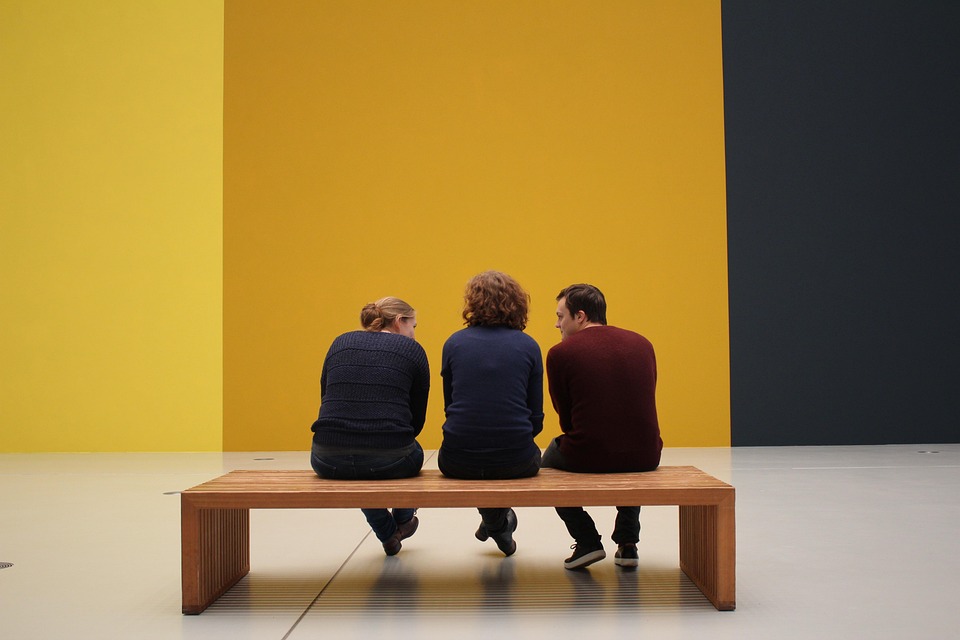Essential Interview Guides for Aspiring Museum Curators: Tips and Insights
Navigating the labyrinthine pathways of a career in curation can often feel daunting, yet it is also an exhilarating pursuit for those captivated by the stories that art and history convey. When preparing for an interview in this field, aspiring museum curators must arm themselves with more than just a robust CV; they need a strategic approach, a dash of creativity, and an understanding of the unique challenges the role presents.
1. Understanding the Museum’s Vision
Before stepping foot into the interview room, immerse yourself in the museum’s ethos. Each institution has a distinct narrative, from the grand halls of the British Museum to the intimate spaces of local galleries. Familiarise yourself with their exhibitions, community outreach programmes, and curatorial philosophies. Ask yourself: What are the museum’s key themes? How do they engage with the public? This depth of knowledge will not only impress, but also demonstrate your genuine enthusiasm for their mission.
2. Presenting Your Curatorial Philosophy
Your curatorial philosophy is akin to your fingerprint – unique and personal. Be ready to articulate your vision for exhibitions, collection management, and audience engagement. Consider the following prompts to shape your thoughts:
- What themes resonate with you, and why?
- How do you envision fostering inclusivity within exhibitions?
- Can you cite examples from your past experiences that illustrate your approach?
Articulating your philosophy with clarity and passion can set you apart from the competition.
3. Showcasing Relevant Experience
In the world of curation, experience can be as varied as the collections themselves. From internships to volunteer positions, everything counts. When discussing your background, highlight specific experiences that align with the museum’s needs. Perhaps it’s a successful exhibition you organised, or a research project that uncovered hidden narratives within a collection. Use the STAR method (Situation, Task, Action, Result) to frame your experiences in a compelling way, ensuring your contributions are both clear and impactful.
4. Engaging with Contemporary Issues
Museums are not isolated from the world; they reflect and respond to societal issues. Be prepared to discuss how current events influence museum practices, from decolonisation debates to digital engagement strategies. This demonstrates not only your awareness of the challenges facing cultural institutions but also your readiness to contribute to meaningful dialogue and change.
5. Asking Thoughtful Questions
An interview should feel like a conversation, not just a one-sided interrogation. Prepare insightful questions that reflect your understanding of the museum’s work and your eagerness to contribute. Consider asking about:
- Current projects or future exhibitions in the pipeline
- Collaborations with other institutions or communities
- Opportunities for professional development within the organisation
Such inquiries will showcase your proactive attitude and genuine investment in the position.
Crafting Your Narrative
As you prepare for your interview, remember that this is not merely a job application; it’s your chance to weave a narrative that connects your passion, expertise, and vision with the museum’s mission. Each aspect of your preparation, from understanding their vision to articulating your experiences, contributes to a cohesive story that positions you as the ideal candidate.
In this competitive field, where every detail counts, CVPortal continues to provide a wealth of high-quality resume examples to help you stand out. Equip yourself with the tools for success, and may your journey into the world of curation be as enriching as the treasures you will one day showcase.


